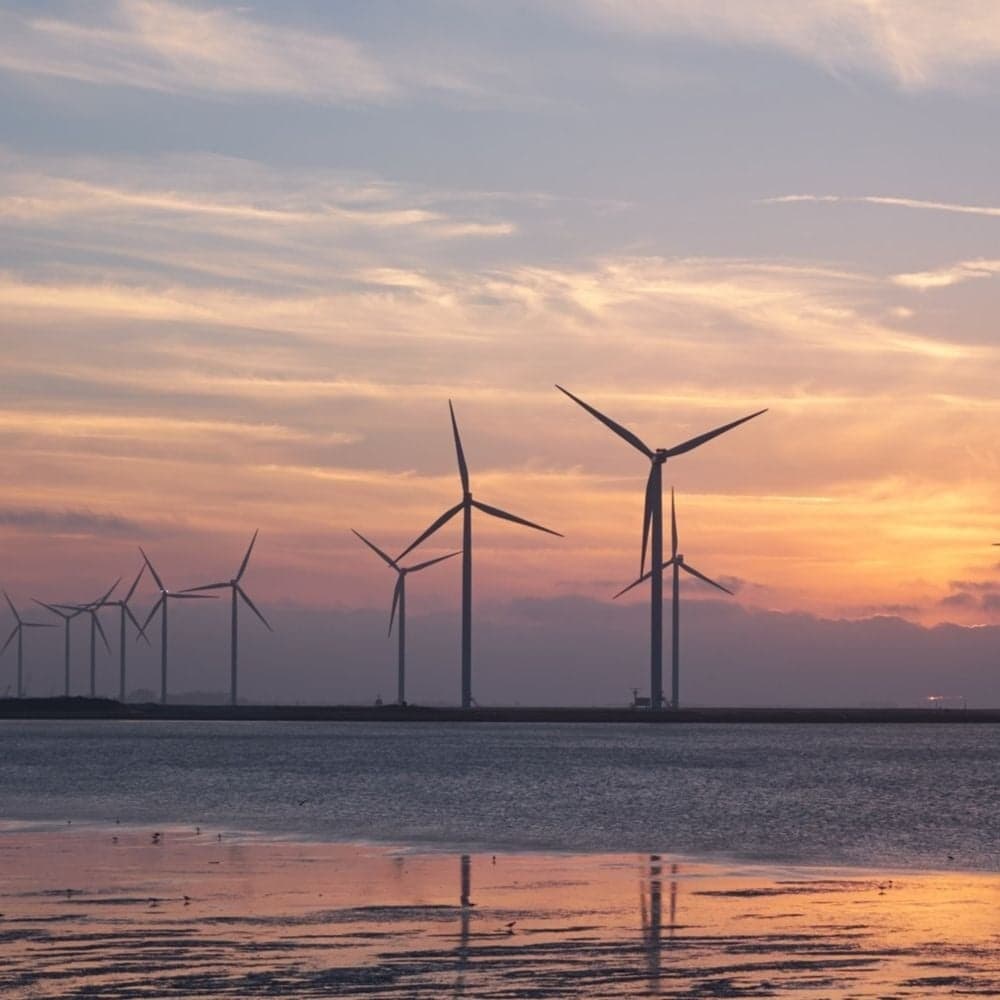Published:
This is the first post in a five-part blog series focused on the energy industry.
This week’s blog series will be about the Energy industry with posts about Geothermal and Hydroelectric Power; Solar, Wind, and Nuclear Energy; Oil, and Natural Gas; concluding with an outlook on the future of Energy. By the end of the week, these articles will give you an in-depth break down on the current state of the Energy industry in the United States and abroad.
The two main categories of topics will pertain to fossil fuels and renewable energy. Fossil fuels, which include oil, natural gas, and coal, are the primary energy sources for most developed nations. However, in recent years there has been a trend towards renewable energy as people become more aware of the environmental effects of fossil fuels on our planet.
Energy is one of the more critical industries of the global economy, and that can be seen in all the political and financial decision making that pertains to the operations of large energy companies. Some examples of recent activity in the energy industry include the fracking boom in the United States and trade wars over renewable solar panels. While these stories are intriguing, the world of energy is expansive by nature and spans across all nations around the world. Countries have different access to any given energy resource, which largely shapes their consumption and trade that relates to energy. For example, many countries in the Middle East have vast oil reserves and can trade their reserves with other countries.
Energy is vital to any functioning nation, and oftentimes can shift trade relations, lead to economic rivalries, and even result in wars in order to sufficiently meet a country’s resource needs. Check back tomorrow for our next post on the international energy industry.
Click here for the second post in this series.
Click here for the third post in this series.
File under






